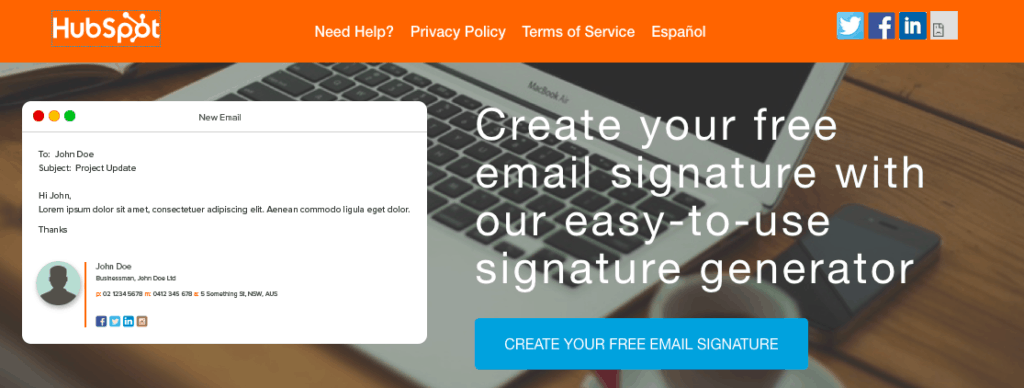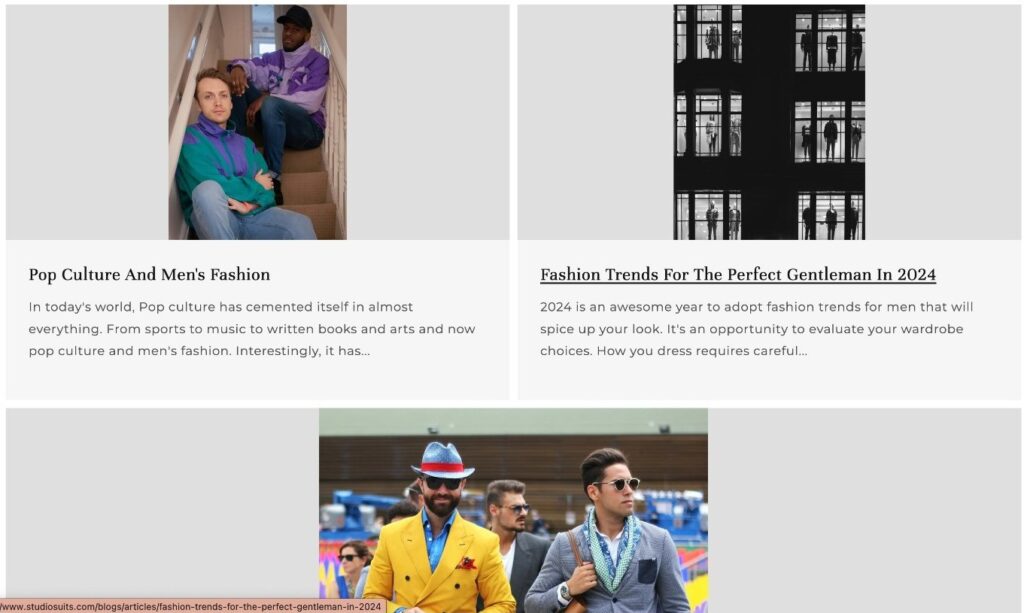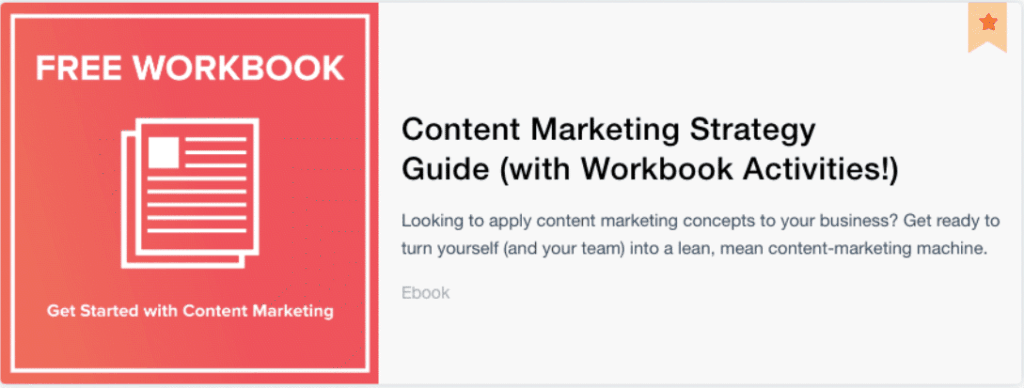B2B Marketing has changed drastically in the last few years. High-pressure sales tactics don’t work. If anything, they now deter buyers rather than encourage them to invest in a product.
To convert prospects into purchasers you need to provide them with the right information at the right time to make the decision to buy. This is called the buyer’s journey.
Understanding your specific buyer’s journey is critical. It allows you to create content, offers and triggers that will allow you to attract your ideal customers and encourage them to take actions. These actions will lead them through the TOFU, MOFU and BOFU path, culminating in a pool of loyal customers.
Once you optimise your TOFU, MOFU and BOFU activities, your marketing funnel will start doing the work for you.
The Stages of the Marketing Funnel: TOFU -> MOFU -> BOFU
In the world of digital marketing, the terms TOFU, MOFU, and BOFU are used to describe the different stages of the customer journey or the marketing/sales funnel. Understanding these stages is crucial for creating targeted content and strategies that effectively guide prospects towards a purchase decision.
TOFU, or Top of the Funnel,
The awareness stage where potential customers are first introduced to your brand, product, or service. At this point, they are likely researching a problem or need and are seeking informative content such as blog posts, infographics, or social media posts.
MOFU, or Middle of the Funnel,
The consideration stage. In this phase, prospects are evaluating their options and determining whether your offering is a good fit for their needs. Content such as case studies, webinars, and product comparisons are effective for nurturing leads and building trust.
BOFU, or Bottom of the Funnel,
The decision stage where prospects are ready to make a purchase. They may be comparing specific products, pricing, or packages. Targeted content such as demos, free trials, and consultations can help convert these high-intent leads into customers.
By tailoring your marketing efforts to each stage of the funnel, you can effectively attract, engage, and convert your target audience. In the following sections, we’ll dive into specific strategies and tactics for optimizing your TOFU, MOFU, and BOFU campaigns. Cop
Setting Up Your TOFU
Here’s your chance to get attention.
One of the best ways to do this is to create valuable content for your website that will make you more searchable on Google. Understanding what your buyer persona will look for at the start of their journey is critical for this to work. Your content needs to answer questions they have and make prospects aware that your brand is there to help them, not sell to them.
Great content for this stage includes educational blogs, such as how-tos and top tips in your area of expertise.
Your prospects are most likely to find this content exclusively through search engines, so it’s important that this content is search engine optimised
An effective TOFU strategy will include:
- tactics to increase website visitors through SEO content
- methods to increase social media traffic through content shared from your website and external
sources lead capture forms on pages experiencing high traffic on both your website and social media platforms.
Well worded Call-to-Action buttons on your website and social media pages are critical. What’s the point of having loads of visitors if you can’t contact any of them?
Make sure you provide educational and helpful offers to your visitors that require them to submit their contact details.
Collecting the contact information of 2% of your page visitors is a healthy percentage to aim for.
HubSpot uses a great TOFU CTA in the example below.

Here’s another example. StudioSuits, a men’s fashion brand known for its quality tailored suits create tons of TOFU blog content on different topics related to their niche, such as fashion trends, clothing tips, etc. This helps them capture customers relevant to their industry and offerings.

Creating Your MOFU
In the Middle of the Funnel (MOFU) stage, your primary focus should be on educating prospects and building trust, rather than immediately pushing for a sale. At this point, leads are evaluating their options and determining whether your product or service aligns with their needs and goals.
According to a study by Kurve , “B2B buyers engage with 3-7 pieces of content before talking to a sales rep”. This highlights the importance of providing valuable, informative content that addresses the specific concerns and questions of your target audience in the MOFU stage of the marketing funnel.
Pushing for a hard sell too early in the funnel can be counterproductive and potentially damage your relationship with prospects. If you start off a relationship with a sales pitch, you risk turning off potential customers who are still in the research phase of their buying journey.
Instead, focus on creating content that educates prospects, demonstrates your expertise, and positions your brand as a trusted resource. This can include in-depth blog posts, whitepapers, ebooks, webinars, and case studies that provide actionable insights and real-world examples.
By prioritizing education and trust-building in your MOFU content strategy, you can effectively nurture leads and guide them towards a purchase decision on their own terms. This approach ultimately leads to more qualified, high-intent leads that are more likely to convert into satisfied customers.
Delivering you MOFU content
With their name and hopefully a business email address, you will be able to learn more about them, including:
- The name of the company they work for
- Their position within the company
- The size of their company
- Their location
- Some of their pain points
With this information you will be able to reach out to them, usually with email marketing to push them further along the marketing funnel so that they turn from MOFU into BOFU.
Remember that people in the MOFU stage have already reached a certain stage of interest, so don’t just expose them to whatever offer you had in TOFU. Focus on where they are, which in MOFU means they have:
- Some awareness of your brand
- Interest in a specific area of your knowledge
- A problem that needs to be solved
- Knowledge that you can be relied upon for some help
Don’t talk about how great your company is at doing something. Instead, just help them by provide them with content that does at least one of the following.
- Educate: Provide information that helps prospects learn more about your field and answer their questions. Creating content that isn’t time sensitive and will continue to provide value over time is ideal. This is called evergreen content.
- Solve: Share information with your prospects that will help them solve some of their problems.
- Relieve: Deliver facts and data that help prospects overcome objections and concerns they may have through detailed and unbiased pros and cons of their options.
- Differentiate: Highlight your products unique selling point so prospects can see how you are better suited to them and different from your competitors.
- Persuade: Encourage your audience to see your perspective and take the next step by presenting CTA’s for exploratory offers such as free trials.
- Personalize: Customise content and communication to match the prospect’s unique needs. Also include personal touches like using his/her name and location.
MOFU prospects need a bit more depth because they have already decided to embark on their
MOFU is where you find out what makes them tick and what doesn’t interest them, allowing you to make your content more specific to their needs.
As an example, HubSpot uses this workbook on how to use content marketing to test their prospect’s interest in a specific area of marketing.
The offer is free, detailed, educational and actionable. The clear value increases trust and provides the prospect with further insight into how HubSpot operates as a brand and CRM.

Offers like this can be sent via email or via your active social media platforms.
Monitor email open rates of the content you send your prospects to uncover what interests them and where their pain points lie.
If they stop engaging in content down a specific route, stop sending it to them and test a different route. Content you can use to test your audience includes the following:
- Webinars
- E-books and guides
- Landing pages
- FAQs
- Interactive apps and tools
- Checklists
- Case studies
- Videos
- Product guides
- Success kits
- Client testimonials
MOFU Metrics
When it comes to measuring the success of your Middle of the Funnel (MOFU) campaigns, there are several key metrics to track and analyze. By regularly monitoring these KPIs, you can gain valuable insights into the performance of your content and make data-driven decisions to optimize your strategies.
Email Open Rates and Click-Through Rates (CTR)
Email marketing is a crucial component of MOFU campaigns.
Tracking open rates and CTR can help you gauge the effectiveness of your subject lines, content, and calls-to-action (CTAs). According to Campaign Monitor, the average open rate across all industries is 17.92%, while the average CTR is 2.69%.
Compare your metrics to these benchmarks and continuously test and refine your approach to improve engagement.
Conversion Rates
Conversion rates measure the percentage of leads that take a desired action, such as filling out a form, downloading a resource, or signing up for a webinar. By tracking conversion rates for different types of MOFU content, you can identify which assets are most effective at moving leads closer to a purchase decision. As a benchmark, The average landing page conversion rate across all industries is 5.89%.
Engagement Metrics
Engagement metrics, such as time spent on page, scroll depth, and video view duration, provide valuable insights into how leads are interacting with your MOFU content. By analysing these metrics, you can identify which topics and formats resonate most with your audience and optimize your content accordingly.
Lead Quality Scores
Lead scoring is a method of assigning points to leads based on their characteristics and behaviours, such as job title, company size, website activity, and email engagement. By tracking lead quality scores, you can prioritize your nurturing efforts and focus on the most promising prospects.
By regularly monitoring and analysing these MOFU metrics, you can continually refine your campaigns and content to better meet the needs of your target audience. This data-driven approach enables you to make informed decisions about where to allocate resources, which content to create more of, and how to personalize your nurturing efforts. As a result, you can more effectively move leads through the funnel and ultimately drive more conversions and revenue for your business.
Progressing the Deal: Moving Customers from MOFU to BOFU
Here are our top six tactics for moving a customer from MOFU to BOFU.
Test your contacts with gated content
Build different types of gated content to learn more about your prospects and what they are most interested in. Testing their interests with valuable types of content and education will better equip you with the knowledge of what will convert them to BOFU.
Track their activities so you know what your prospects react to and want more of.
Use software to track user activities, e.g. HubSpot. Comprehensive CRM’s such as HubSpot will allow you to collect data through email workflows, page tracking and social media campaigns allowing you to build unique email workflows.
Segment contacts into specific interests and send them emails they find interesting
Build workflows of multiple marketing emails that guide specific contacts down paths they are most interested in. You can target the prospects who open specific emails, visit related pages, interact with targeted content.
Engage with your contacts
Ask them what they want to read about.
Encourage them to comment on your content and use any comments as an opportunity to engage with them further. Direct contact will make your company seem more personal and relatable,
Be helpful, not salesy
Sales language tends to push MOFU contacts away.
They aren’t ready to purchase and if they smell sales in the air, they’ll think that your site isn’t the place they should be to find the information they need. Wait until your prospects are showing BOFU signs before you start contacting them directly with opportunities to collaborate.
Host a webinar on a hot topic
If there’s a topic your prospects seem to be particularly curious about, then host a webinar about it where you share valued information. Teach your
Closing the Deal: BOFU
The group of people that qualify as BOFU are most likely your ideal customer. As BOFU prospects you should know better than at any other stage, what makes them tick and how you can encourage them to contact you.
If you’ve kept your marketing funnel organised, you should know who these people are, what they do, what they need, what they want and you should definitely have more than one way to contact them.
With that in mind, here are a few effective ways to reach out to BOFU contacts without scaring them away.
- Send them a message on LinkedIn saying you could help them in some way. Make it specific.
- Email them with an offer for a free consult along with a calendar link that allows them to select the time that best suits them.
- Call them within 24 hours of them interacting with high-value content. This includes a webinar, quizzes or any detailed forms they fill out that are BOFU. You can then discuss their interaction and offer them specific and free advice.



